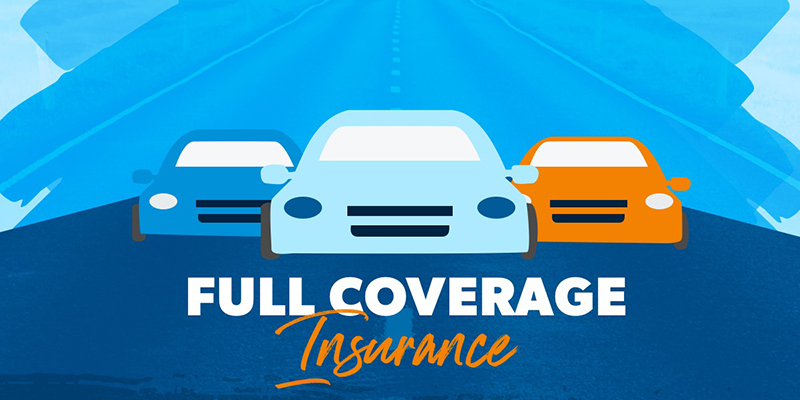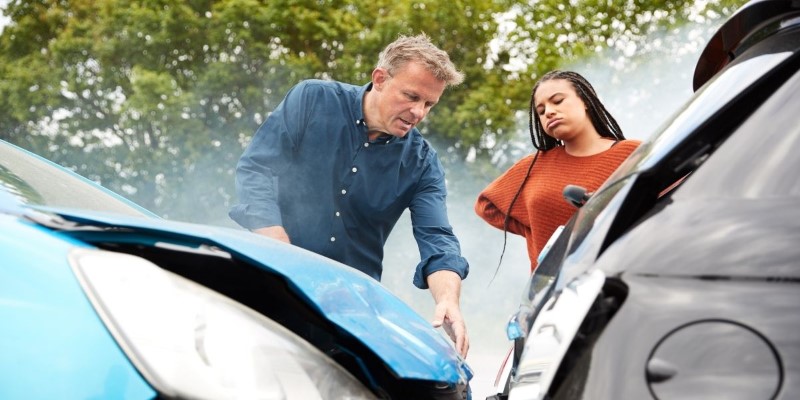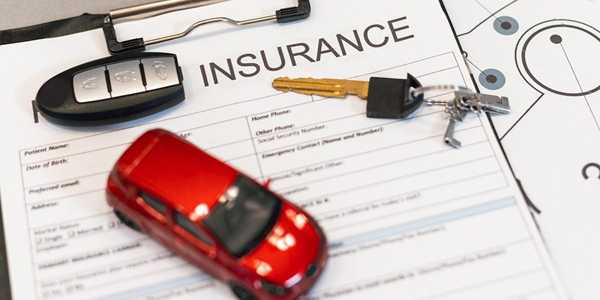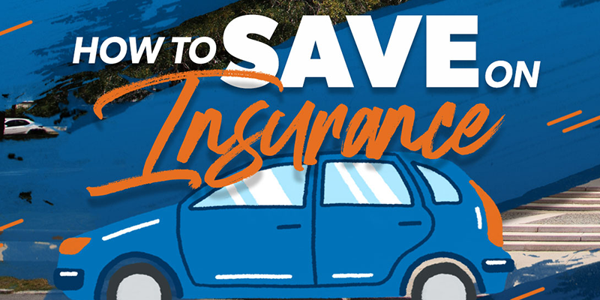What Full Coverage Car Insurance Includes: A Clear, No-Fluff Breakdown
When you hear “full coverage car insurance,” what comes to mind? A bulletproof safety net for any accident? A magic shield against all car-related expenses? While the phrase sounds comforting, many drivers aren't entirely sure what it covers. Is it everything? Or are there limits you should know about before hitting the road?

Let's break it down piece by piece. This article will guide you through what "full coverage" typically includes, what it doesn't, and the common misconceptions people have when signing up for it.
First, Let’s Get One Thing Straight: “Full Coverage” Isn’t One Single Policy
One of the most important things to understand right off the bat is that there is no insurance product officially called "full coverage." It's not a package you click and buy online like a gym membership. Instead, it's a combination of several types of insurance bundled together to offer broader protection. The exact combination can vary depending on the insurer, your location, and your individual preferences.
Most insurers and drivers use the term “full coverage” to mean a policy that includes:
• Liability Insurance
• Collision Coverage
• Comprehensive Coverage
So, what do these mean in plain terms?
Liability Insurance: The Foundation of Your Coverage
Liability insurance is required by law in most states. It doesn’t protect your car—it protects other people if you’re at fault in an accident.
Here’s what it covers:
Bodily Injury Liability
Pays for medical expenses, lost wages, or legal fees if you injure someone in an accident.
Property Damage Liability
It covers the cost of repairing or replacing another person's car or property.
Let's say you accidentally rear-ended someone at a stoplight. Your liability coverage would help pay for the repairs to their car and any medical bills if they were hurt.
However, it won't cover damage to your car. That's where the following two types of coverage come in.
Collision Coverage: Your Car vs. Another Object
Collision coverage is pretty much what it sounds like—it pays for damage to your car if you collide with something. That could be:
• Another vehicle
• A wall, tree, or pole
• A pothole that cracks your suspension
Whether or not you were at fault, this coverage helps pay for the repair or replacement of your car (after you pay your deductible). It's essential for newer cars where repair costs can be steep.
Example: You're driving on a slick road and slide into a guardrail—collision coverage steps in to repair your car.
Comprehensive Coverage: Everything Else That Can Happen
Now for the “everything else” category. Comprehensive coverage covers things that don’t involve a collision. Think of it as protection against the unexpected.
Here’s what it usually includes:
• Theft
• Vandalism
• Fire
• Natural disasters (like hail, flood, or falling trees)
• Animal collisions (like hitting a deer)
• Glass damage (often includes windshield repair)
Example: A storm breaks a tree branch that crashes through your windshield. Comprehensive coverage helps you get it repaired.
Optional Add-Ons That Some Think Are Part of “Full Coverage”
Here's where it gets tricky. Many people assume that “full coverage” means you’re covered for things like rental cars, roadside assistance, or medical bills. But that’s not necessarily true unless you specifically add them to your policy.
Here are a few common add-ons:
Medical Payments (MedPay) or Personal Injury Protection (PIP)
These pay for your medical bills and your passengers' bills after an accident, regardless of who is at fault.
Uninsured/Underinsured Motorist Coverage

Protects you if you’re hit by a driver who doesn’t have insurance (or doesn’t have enough).
Rental Car Reimbursement
It covers the cost of a rental car while your vehicle is being repaired.
Roadside Assistance
It helps with towing, battery jump-starts, flat tyre changes, or if you lock your keys in the car.
These are helpful extras—but unless you actively choose and pay for them, they’re probably not included in your “full coverage” policy.
What “Full Coverage” Does NOT Cover
This part is equally important. Despite the reassuring name, full coverage isn’t all-encompassing. There are real-world limits. Here’s what it typically does not cover:
• Mechanical breakdowns or routine wear and tear (That’s what warranties and maintenance plans are for.)
• Custom parts or aftermarket additions (unless you purchase special coverage for them.)
• Using your car for business or rideshare driving (Many personal policies exclude business use.)
• Driving someone else’s car (unless you have non-owner car insurance)
• Intentional damage or fraudulent claims
Also, let’s not forget about deductibles. Even with full coverage, you’ll have to pay a certain amount out of pocket before your insurance kicks in. Choose your deductible carefully based on how much risk you’re willing to take.
Is Full Coverage Always Worth It?
That depends.
If your car is new, expensive, financed, or leased, full coverage is likely a smart move—or even required by your lender. It offers financial protection that liability-only policies can't match.
But if your car is older or not worth much, you might be paying more in premiums than what you'd get back in a claim. In that case, dropping comprehensive and collision coverage could save you money.
Tip: Check your car’s current value using a trusted site (like Kelley Blue Book) and compare it to your deductible and premiums. That’ll help you decide whether full coverage still makes sense.
Real-Life Example: Let’s Say You Have a Full Coverage Policy
You’re driving to work, and you hit a patch of black ice. You slide off the road and crash into a tree.
• Your collision coverage will pay for the damage to your car.
• If you’re injured, PIP or MedPay (if you added it) helps cover your medical costs.
• If your car needs a tow, roadside assistance will come in handy—again, if you include it.
• While your car is in the shop, rental reimbursement may cover a temporary vehicle—if it’s part of your policy.
Notice the pattern? Full coverage can be robust, but only if you understand what you’ve signed up for.
Wrapping It Up: Know What You’re Paying For
"Full coverage" is often used as a catch-all term, but the reality is a little more nuanced. It typically includes liability, collision, and comprehensive coverage. But that doesn't mean it covers everything.
When in doubt, consult your insurance provider to determine what your specific policy includes. Ensure it aligns with your driving habits, financial risk tolerance, and your car's actual value.
So next time you renew or shop for insurance, don't just tick the "full coverage" box and hope for the best. Ask questions. Customize. And drive with absolute peace of mind.





